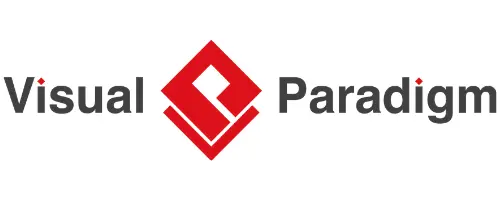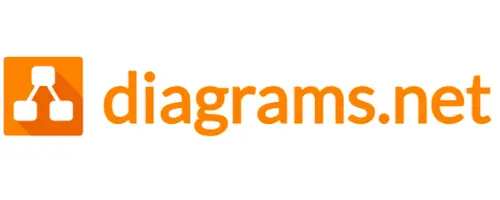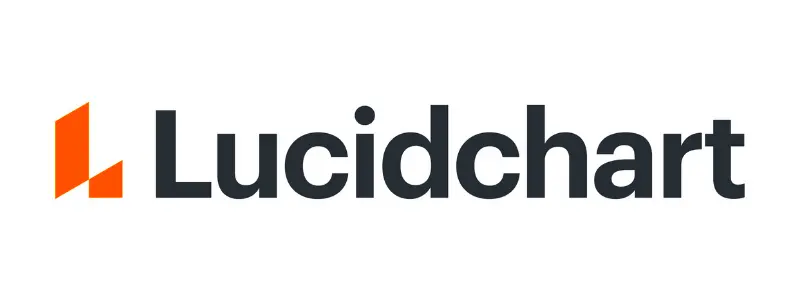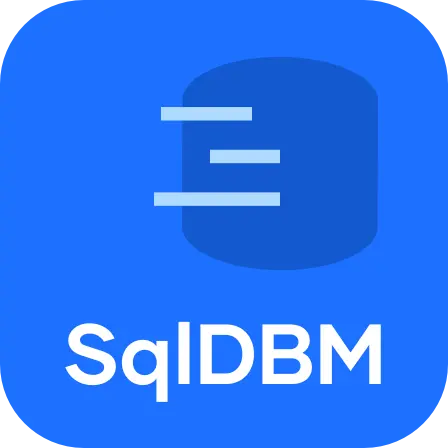You will find several data modeling and management tools on the market including Gleek.
It’s a text-to-diagram tool that makes it easier to perform data modeling. Like other options on this list, Gleek is free and requires no signup. It can be used to create information, class, entity-relationship, or UML object diagrams by using the keyboard – no drag and drop.
Make your own diagram with Gleek.
Let’s get started:
What are data modeling tools?
The logical structure of a database, including its relationships and constraints, is called a data model. The design of the structure decides how the data is accessed and stored.
Businesses need correct and reliable data to make decisions. Even a small error can cause the data to go ‘unreliable’ and be unsuitable for decisions. Counting on such data can result in losses.
Data modeling comes as a savior here. A data modeling tool can create a data model to store the data in a database. These tools can use diagrams to create a database so that you can get the structure that you require.
There are many free and open source data modeling tools out there. In this article, we’ll have a look at the ten best options.
#1 Edraw Max’s Database Model Diagram

Edraw Max’s Database Model Diagram is among the best and quickest free and open source tools to create a Database Model Diagram.
It comes with rich, neat, and pre-made shapes that make it easy to complete jobs. The drag-and-drop feature makes the tool user-friendly. The shapes are vector-based, which makes it possible to redesign them. The modeling tool comes with a bunch of advanced and automated functions that make customization easy. This free tool has some paid packages as well for users who want more.
Edraw Max has several entity relationship shapes, view, relationship, entity, parent to category, category to child, category, dynamic connector, strong entity, line connector, strong relationship, attribute, weak relationship, etc.
#2 Visual Paradigm

Visual Paradigm comes with a drag-and-drop editor that makes it easy to build apps.
With this tool, you will be able to export the database from Entity Relationship Diagram (ERD). New users can count on the REST API for designing purposes. In case you have trouble, you can count on the brilliant wizard that provides step-by-step instructions on how to make a database.
One of the highlights of this data modeling tool is the collaboration feature that allows team members to work on a project simultaneously.
With Visual Paradigm, you will be able to build reports. Plus, unlike some other tools out there, it works on almost all operating systems including Linux, macOS, and Windows.
#3 Draw.io

Here’s another free tool that’s perfect for new users. It’s compatible with all browsers including Firefox and Chrome, and works well on mobile devices as well.
Few free tools offer the kind of flexibility that this one does. It has no limit on sizes. Plus, the tool even lets users decide where they wish to save the model. Plus, it has an ‘offline’ mode as well.
You can pick from several readymade templates and use the drag and drop feature for quick results. It lets users create a variety of diagrams including ERD and UML.
#4 PowerDesigner

PowerDesigner is best for complex data. Its free version comes with limitations but is quite easy to use. Some of the best features include metadata management and link-and-sync technology.
The mapping editor is pretty fast. Plus, it has the ability to perform impact analysis and manage multi-model documents. The tools support three extensions (.pdm, .cdm, and .bpm), and offers web-based reporting.
#5 SPSS Amos

You might be surprised to see IBM SPSS on this list. After all, it is best known as a powerful structural equation modeling tool designed to help during the research process by extending standard multivariate analysis methods such as regression, correlation, variance, and factor analysis.
However, very few people know that SPSS Amos doubles as a data modeling tool. Amos offers intuitive drag-and-drop functionality. Marketed as a paid tool, it’s available for free for most students who can get access to it via university.
There’s PSPP for those who want a free, open-source version of the app.
#6 isee systems

This powerful tool charts, diagrams, and makes use of animations to help learners discover relationships between a variety of variables.
The drag-and-drop functionality makes it fun to use. This tool can handle sensitivity, simulation, and time series models.
While it’s a paid tool, you can get your hands on a free trial to know more about how it works.
Read on Developer tools that will enhance your productivity.
#7 DBDesigner

The world’s most popular data modeling tool works online and can be used for free. The UI is simple, but don’t let it fool you. It’s easy to use and even allows exports of existing databases.
The tool is user-friendly and offers multiple view modes. Moreover, it has some amazing sharing tools that make teamwork a piece of cake.
#8 Lucidchart

Here’s another free data modeling tool that can be used without having to download it.
This powerful tool combines collaboration, diagramming, and data visualization to drive innovation and accelerate understanding.
While it does lack some features you will find on other options on this list, it does work well for users who want a simple data tool.
#9 SQLDBM

This design tool is only used to design SQL databases without having to write a single code.
The free version comes with limited features. You can opt for a 14-day trial to use all the features for free. Paid features include team collaboration, PNG exports, and reverse engineering.
It’s said to be suitable for students and teachers but is also used by project managers.
#10 Sonadier

Last on the list is Sonadier, a data modeling tool for commercial use. It features drag-and-drop functionality with a bunch of features that make management easier.
It allows team members to work together. You will be able to manage permissions so that there’s no risk of losses. Moreover, it also offers third-party integrations.
Make your own diagram with Gleek.
Conclusion
These were some of the best free and open source data modeling tools. Compare all these options and pick what fits you the best.
Related posts
Top Diagram-as-Code Tools for Developers
8 Free Visio alternatives you should know about in 2024
The most useful diagram types for developers
Best 7 UML tools to use in 2024
10 Best & useful software development tools in 2024
Top Diagram-as-Code Tools for Developers
11 Best ER diagram tools to use in 2024
Top 12 Lucidchart alternatives in 2024
